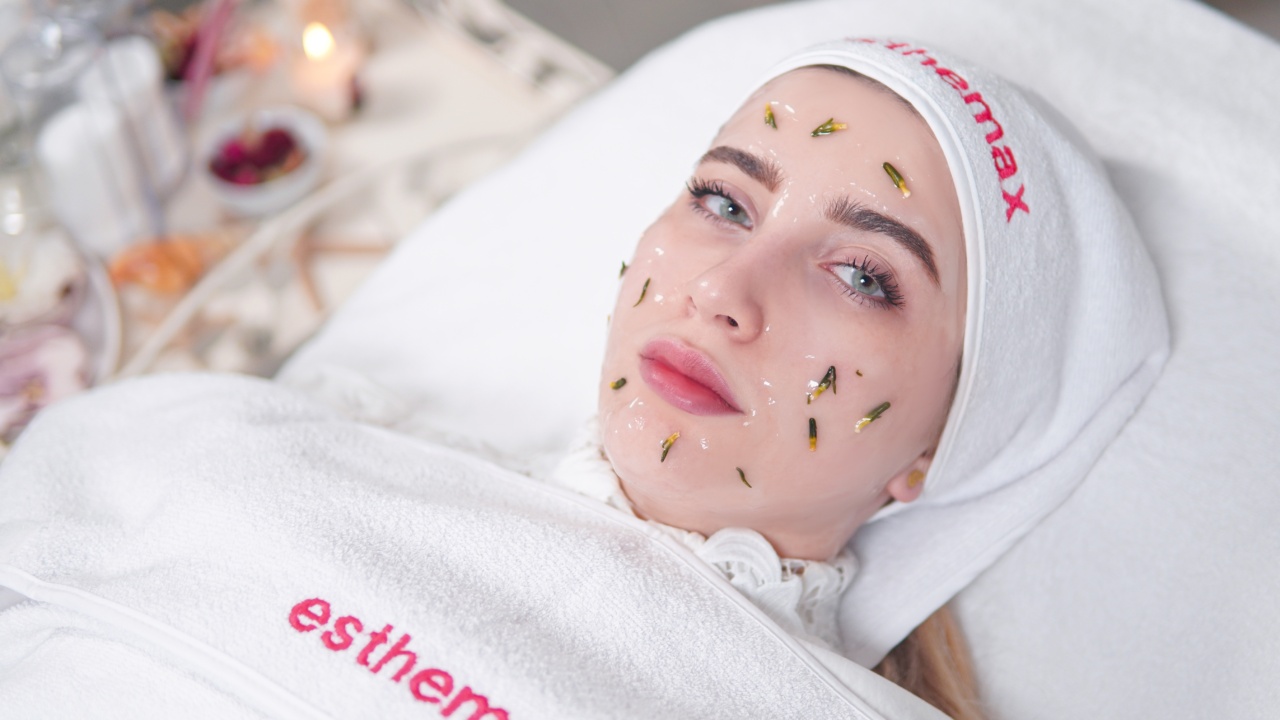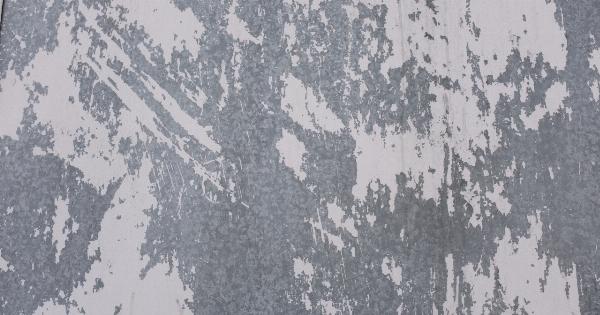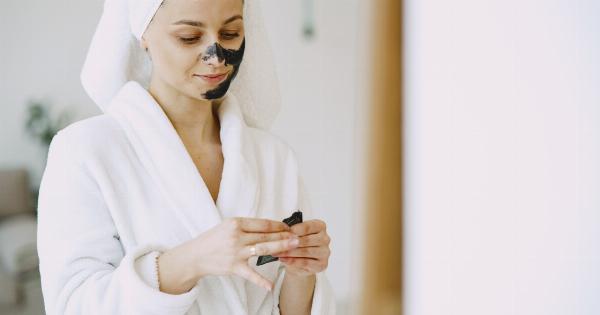Acne marks can be a real source of frustration. Even after the acne has cleared up, the marks remain, causing overall skin imperfections. It doesn’t matter if you have just a few spots or a lot, acne marks can be distressing.
The good news is that there are many ways to get rid of acne marks on the skin. Below are some tips to help you clear up those marks and have smooth, clear skin.
1. Apply sunscreen
Sunscreen is essential in preventing acne scars from getting worse. If you expose acne scars to the sun, they can darken and become more prominent. Apply sunscreen to your face with a minimum of SPF 30 whenever you’re out in the sun.
2. Use Vitamin C
Vitamin C has brightening and antioxidant properties that can be beneficial in clearing up acne scars. Vitamin C serums, applied after cleansing, can help tackle acne marks.
Vitamin C can also help increase collagen production, which can help regenerate scar tissue.
3. Aloe Vera
Aloe vera is a natural anti-inflammatory agent that can soothe irritated skin from acne. It also increases collagen production to help regenerate scar tissue.
Applying aloe vera gel on acne marks and leaving it overnight can help reduce the appearance of scars.
4. Use Retinoids
Retinoids are derivatives of Vitamin A that promote cell turnover, which can improve the overall skin texture and reduce the appearance of acne scars. They also help increase collagen production and improve skin elasticity.
For best results, use prescription-strength Retinoids under the guidance of a dermatologist.
5. Chemical peels
A chemical peel can be a good option for reducing the appearance of acne scars. A chemical solution is applied to the skin, which causes the top layer of skin to peel off. The treatment can help improve hyperpigmentation and improve skin texture.
It’s important to visit a dermatologist for a professionally administered chemical peel.
6. Microdermabrasion
Microdermabrasion is a skin treatment that uses a microdermabrasion machine to remove the top layer of skin. The treatment also helps stimulate collagen production to help fibroblasts create new skin cells.
This treatment can help reduce the appearance of acne scars and fine lines. While this is safe, it can cause redness and bruising of the skin.
7. Laser therapy
Laser therapy is a popular method to remove acne scars. The treatment uses concentrated light to improve skin texture and reduce the appearance of scars. Laser therapy encourages collagen production and helps to rejuvenate the skin.
It’s important to note, laser therapy should only be done by a qualified medical professional.
8. Drink plenty of water
Drinking plenty of water can be beneficial for overall skin health. The more water you drink, the more hydrated your skin will be, and the better-equipped it will be to heal and regenerate.
Drinking water can also help flush out toxins from your body, leading to clearer skin.
9. Use a Glycerin soap
Glycerin soap can be beneficial for reducing the appearance of acne scars. Glycerin has been found to help skin regenerate and promote the healing of scars.
Glycerin soap can be an excellent choice if you’re looking for a gentle yet effective solution for acne marks.
10. Don’t pick at acne
Avoid picking at acne. Picking can worsen scars and cause new scarring to occur. Picking acne can also lead to inflammation and infection. If you must do something, use a spot treatment or visit a dermatologist for safe and effective treatment.
Conclusion
Getting rid of acne scars is not something that happens overnight. However, with continued work and an effective regimen, it is possible to achieve clearer, smoother skin.
Whether you prefer to try a natural treatment like aloe vera or a more advanced option like laser therapy, consistency is key. Remember to take care of your skin by wearing sunscreen, drinking plenty of water, and avoiding picking at acne.





























